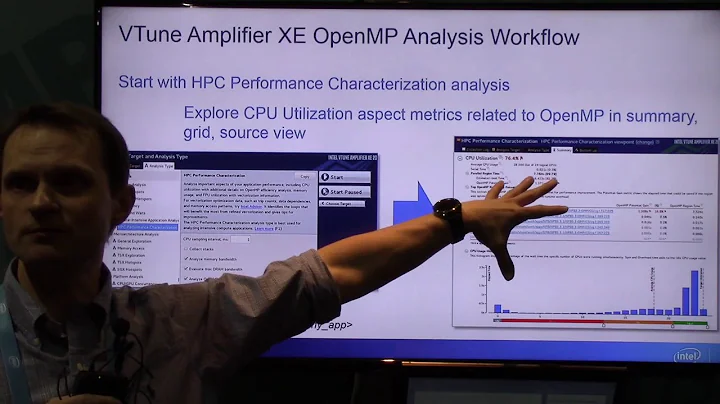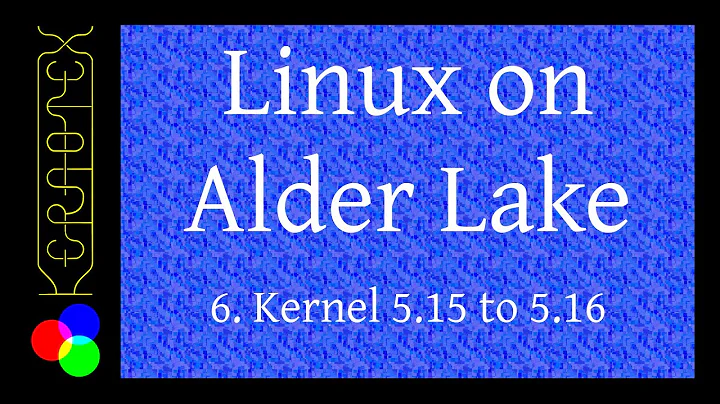Enhance Data Security with STM32 Advanced Encryption Standard Hardware Accelerator
Table of Contents
- Introduction to STM32 Advanced Encryption Standard Hardware Accelerator
- Features of the AES Interface
- Encryption and Decryption in AES
- AES Peripheral and its Functionality
- Modes of Operation in AES
- Key Derivation and Key Scheduling in AES
- Data Swapping and Suspend/Resume Mechanism in AES
- Application of AES in Various Fields
- Comparison of AES with Other Encryption Standards
🌟 Introduction to STM32 Advanced Encryption Standard Hardware Accelerator
The STM32 Advanced Encryption Standard (AES) Hardware Accelerator is a powerful component that offers efficient and high-speed encryption and decryption capabilities. It is widely used for cryptographic applications due to its reliability and security features.
🌟 Features of the AES Interface
The AES algorithm is a symmetric block cipher that uses a cryptographic key of either 128 or 256 bits in length. It converts data into an unintelligible format called ciphertext during encryption and decrypts the ciphertext back into plaintext during decryption. The AES peripheral is compliant with FIPS 197 standards, making it a highly secure implementation of the AES algorithm.
🌟 Encryption and Decryption in AES
Encrypting and decrypting data using the AES hardware accelerator significantly reduces the workload on the CPU. The AES block acts as an AHB slave, receiving data, keys, and initialization vectors from the CPU through memory-mapped registers. The AES core, responsible for processing the data, supports different data widths and key lengths, making it suitable for various applications.
🌟 AES Peripheral and its Functionality
The AES peripheral supports multiple chaining modes, enabling data confidentiality and authenticity. It can encrypt plaintext data into ciphertext and decrypt ciphertext back into plaintext efficiently. The AES accelerator utilizes DMA channels for data movement, ensuring seamless processing of messages with different priorities. Its suspend and resume mechanism allows the software to manage messages effectively, even if their sizes are not a multiple of the block size.
🌟 Modes of Operation in AES
The AES hardware accelerator supports three modes of operation:
- Plaintext Encryption Mode: This mode encrypts the plaintext to generate the corresponding ciphertext.
- Electronic Codebook (ECB) Mode: Also known as Cipher Block Chaining (CBC) decryption, this mode uses the key derived from the last round of encryption to decrypt the ciphertext.
- Counter (CTR) Mode: The CTR mode generates a keystream using the AES core, which is then XORed with the plaintext to obtain the ciphertext. Key scheduling is not required for CTR decryption.
🌟 Key Derivation and Key Scheduling in AES
To derive a new key, the AES accelerator utilizes the key stored in the AES key registers. Key derivation is crucial when selecting ECB or CBC chaining modes for encryption or decryption. In CBC mode, the previous ciphertext block is XORed with the current plaintext block before encryption to ensure message uniqueness. Key scheduling is necessary for ECB decryption, where the key from the last round of encryption is derived for decryption.
🌟 Data Swapping and Suspend/Resume Mechanism in AES
The AES hardware accelerator supports data swapping, allowing the user to select the desired data width within a 128-bit data block. The suspend and resume mechanism enables the prioritization of messages, allowing higher-priority messages to be processed first.
🌟 Application of AES in Various Fields
The AES encryption and decryption algorithms find applications in various fields, including secure networking, routers, wireless communications, encrypted data storage, secure smart cards, secure video surveillance systems, and secure electronic financial transactions. AES is highly versatile and can be utilized wherever data security is a concern.
🌟 Comparison of AES with Other Encryption Standards
The Advanced Encryption Standard (AES) has proven to be a robust and secure encryption standard compared to other algorithms. Its FIPS 197 compliance and efficient hardware accelerator make it a preferred choice for cryptographic applications. AES provides a high level of data protection with its symmetric key encryption and decryption, ensuring secure communication and data storage.
Highlights
- The STM32 Advanced Encryption Standard (AES) Hardware Accelerator provides efficient and high-speed encryption and decryption capabilities for secure communication and data storage.
- Features of the AES interface include symmetric block cipher encryption, support for different key lengths, and compliance with FIPS 197 standards.
- The AES peripheral lightens the CPU's workload by performing encryption and decryption operations, with support for multiple chaining modes.
- Modes of operation in AES include plaintext encryption, electronic codebook (ECB) or cipher block chaining (CBC) decryption, and counter (CTR) mode.
- AES hardware accelerator offers data swapping options, suspend/resume mechanism for message prioritization, and DMA channels for seamless data movement.
- AES is widely applicable in secure networking, wireless communications, encrypted data storage, smart cards, and electronic financial transactions.
- AES is a robust encryption standard, providing a high level of security with symmetric key encryption and decryption.
For more details, please refer to the STM32 Advanced Encryption Standard Reference Manual and Application Notes.
Frequently Asked Questions
Q: What is an encryption algorithm?
An encryption algorithm is a mathematical function that converts plain text into cipher text using a secret key. It ensures data confidentiality and prevents unauthorized access to sensitive information.
Q: Why is AES preferred over other encryption standards?
AES is preferred over other encryption standards due to its security, efficiency, and compliance with industry standards. It provides robust protection against cryptographic attacks and offers high-speed encryption and decryption capabilities.
Q: Can AES be used for wireless communications?
Yes, AES is commonly used for secure wireless communications. It ensures data confidentiality and prevents unauthorized interception of sensitive information transmitted wirelessly.
Q: Is AES suitable for securing financial transactions?
Yes, AES is suitable for securing electronic financial transactions. It ensures that financial data, such as credit card details or account information, is encrypted and protected during transmission.
Q: Can AES be used on resource-constrained devices?
Yes, AES can be implemented on resource-constrained devices. The AES hardware accelerator offloads the encryption and decryption operations from the CPU, making it suitable for devices with limited processing capabilities.
Q: What is the role of key derivation in AES?
Key derivation in AES involves deriving a new key based on the key stored in the AES key registers. It is necessary for selecting the appropriate chaining mode and ensuring secure encryption and decryption.
Q: Does AES support different key lengths?
Yes, AES supports different key lengths, including 128 bits and 256 bits. The choice of key length depends on the desired level of security and the specific requirements of the application.
Q: Can AES be used for secure video surveillance systems?
Yes, AES can be used for secure video surveillance systems to ensure data confidentiality and prevent unauthorized access to video streams and recorded footage.
Q: Are there any limitations of the AES hardware accelerator?
The AES hardware accelerator requires additional hardware implementation for complete functionality. Beginners in cryptographic applications may experience a steep learning curve when working with the AES interface.
Q: Is AES a symmetric or asymmetric encryption algorithm?
AES is a symmetric encryption algorithm, which means the same key is used for both encryption and decryption processes. This ensures a more efficient and faster encryption/decryption process compared to asymmetric algorithms.
Resources:
 WHY YOU SHOULD CHOOSE TOOLIFY
WHY YOU SHOULD CHOOSE TOOLIFY

























